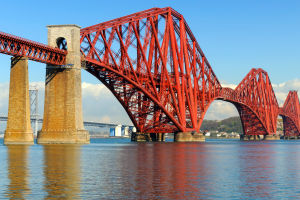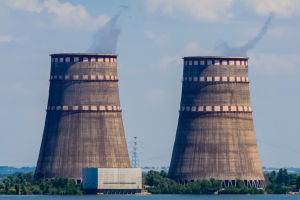In today's film and animation industry, CG (computer graphics) animation has always been considered incredibly expensive to produce.
From "Avatar" to "Frozen," from "The Lion King" to "Coco," the production costs of CG animation reach staggering figures in the realm of digital entertainment.
But what exactly drives these costs to such lofty heights? This article aims to delve into this issue, examining the intricate interplay of technology, workforce, time, and market demand.
First and foremost, the excessive production costs of CG animation are closely intertwined with the requisite technology. As technology continuously evolves, animation production companies must employ cutting-edge software and hardware to craft lifelike and breathtaking imagery.
These tools and technologies not only demand substantial capital investment for acquisition but also necessitate ongoing maintenance and updates to keep pace with industry standards.
Furthermore, to maintain competitiveness, companies must engage in relentless research and development efforts, introducing new technologies and tools—all of which entail significant financial outlays.
Secondly, the production costs of CG animation are intimately linked with human resources. Bringing a CG animation to life requires a diverse and sizable team comprising animators, modelers, texture artists, motion capture specialists, special effects wizards, and more.
These individuals require specialized training and education, possessing exceptional technical prowess and creative understanding. Moreover, their work demands sustained investment and unwavering focus, warranting generous salaries and benefits, thus directly contributing to cost escalation.
Thirdly, time emerges as a pivotal factor influencing CG animation costs. Crafting a high-quality CG animation entails a protracted timeline spanning several years.
From project inception and script development to character design and final production, each stage demands meticulous refinement and enhancement.
Furthermore, as time elapses, the team's human resources and technical infrastructure necessitate continual updates and adjustments, further driving up production expenses.
Lastly, market demand plays a role in shaping CG animation production costs to a certain extent. As audience expectations for visual effects and technological sophistication soar, production companies are compelled to allocate more significant financial resources to meet these demands.
Additionally, competition catalyzes cost escalation. In a bid to capture larger audiences and maximize box office returns, production companies must continually elevate production quality and visual effects, inevitably inflating production expenditures.
In summary, the soaring production costs of CG animation stem from a confluence of factors. Technological advancements, human resource investments, time-intensive processes, and market dynamics all exert significant influence on these costs.
Nevertheless, despite the formidable expense, CG animation continues to captivate audiences worldwide with its breathtaking visuals and technical prowess, driving production companies to persistently invest substantial funds and resources in pursuit of artistic excellence.


